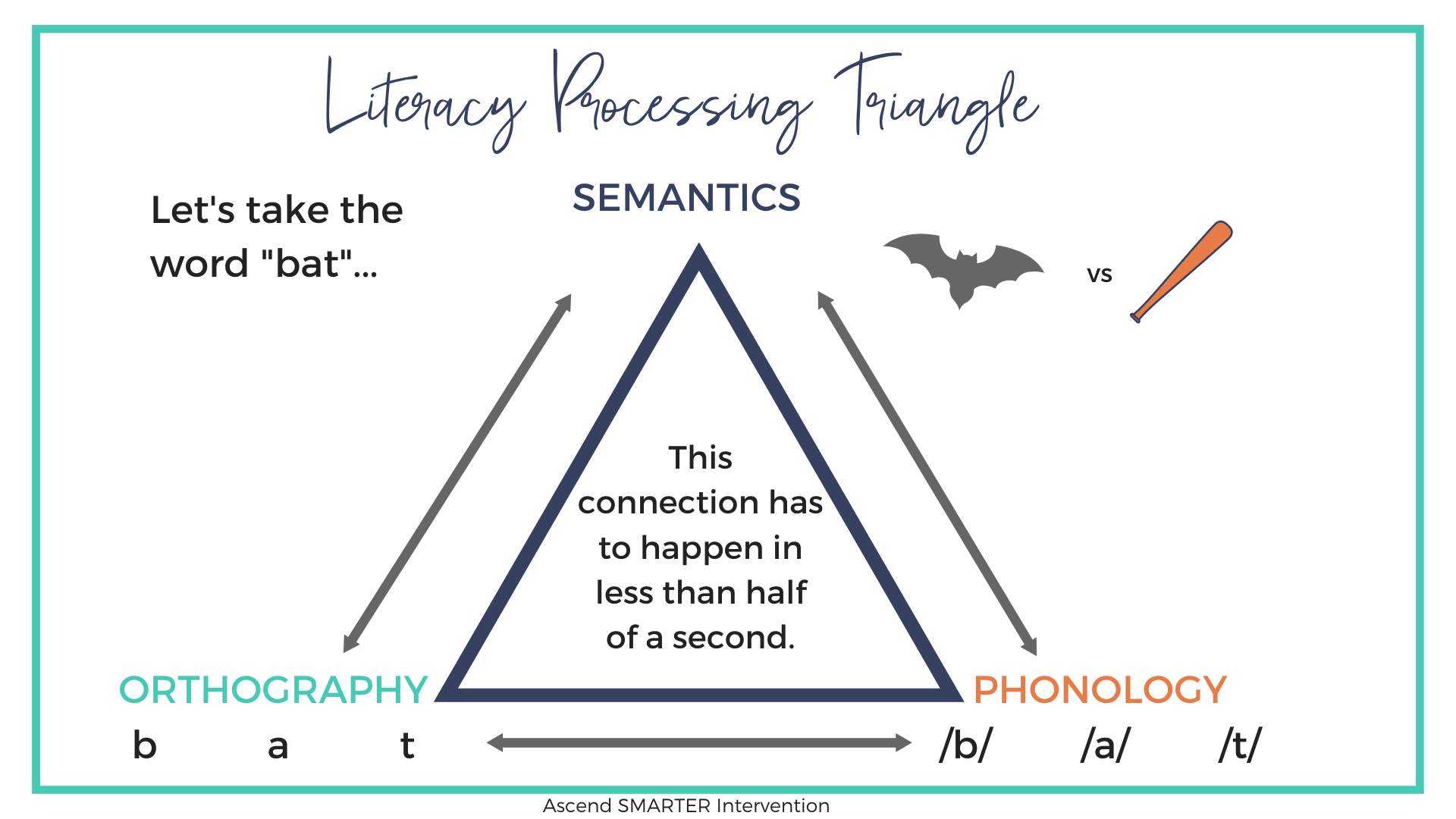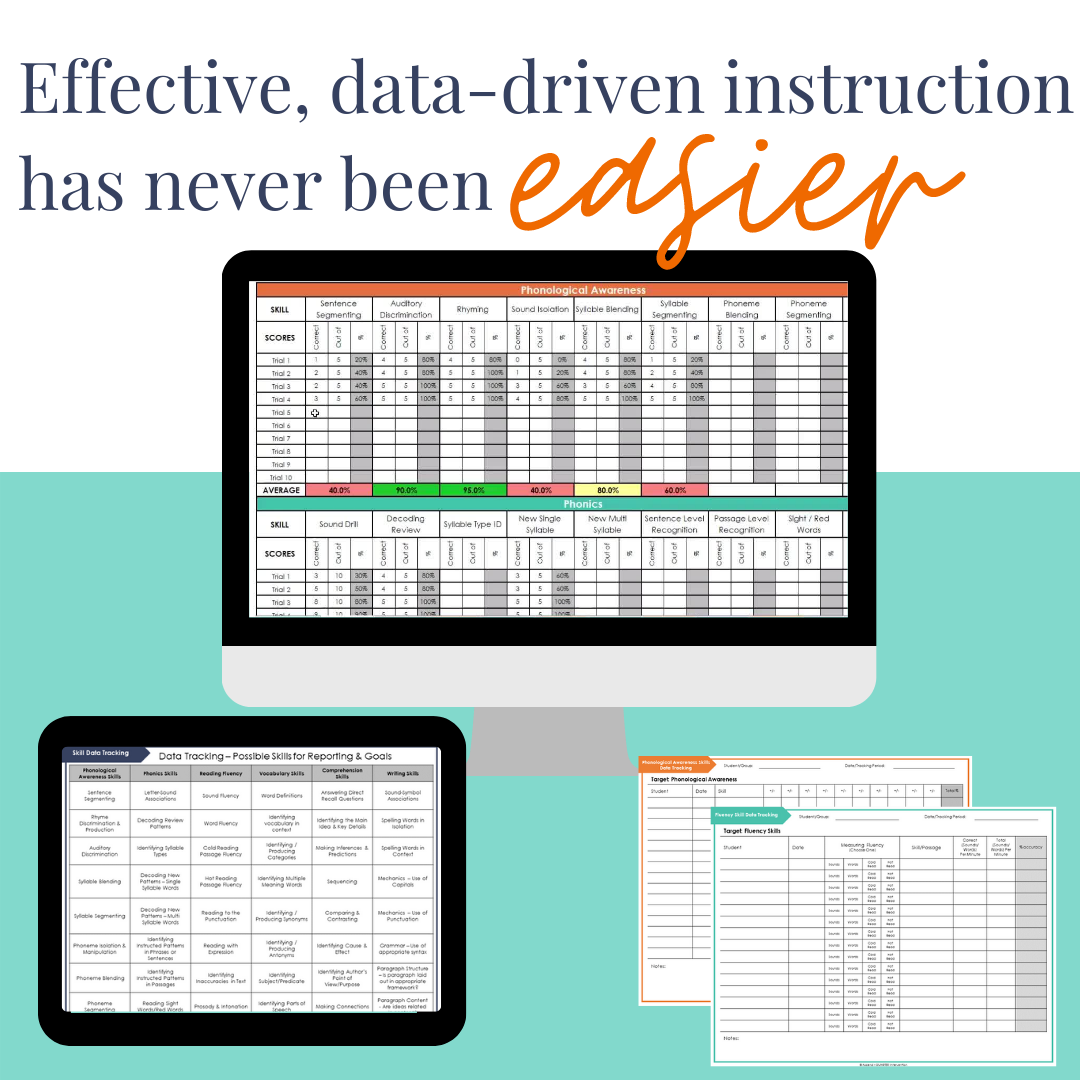#1 Tip to Making Huge Student Growth in Literacy
One of the best ways we can skyrocket student success in literacy is by setting the intention to do so. So obviously, if we want students to improve their literacy ability we need to recognize that they need to improve their literacy ability...
After that, the #1 thing you can do to improve a student's literacy ability is to set specific and measurable goals.
All too often we end up with vague goals, things like, "Johnny will improve his reading ability" or "Johnny will recognize 30 sight words." The problem with these goals is that they are difficult to measure. What does improving reading ability mean? Recognizing 30 sight words is better but at what reading level? Does this actually move us closer to our end goal of reading with fluency in order to comprehend material? Maybe...
What we would like to propose though is that you consider:
Setting literacy goals in each of the 3 necessary foundational skill areas
The three necessary neural (brain) pathways that must be developed to develop fluent and automatic literacy include:
1. Phonology (understanding the sounds in words)
2. Orthography (quickly recognizing and associating the visual print that makes up words)
3. Semantics (the meaning of words)
Each of these 3 foundational skills maps onto the 5 Core Components of Literacy:
1. Phonological Awareness (Phonology)
2. Phonics (Connection between Phonology and Orthography)
3. Vocabulary (Semantics)
4. Fluency (Quick connection between phonology, orthography, and semantics)
5. Comprehension (Connection between orthography and semantics)
So all this to say, if we set goals to help support these underlying skills very specifically we can improve the cause of the reading struggle and not just address the symptoms. To begin easily using data tracking in your instruction, be sure to grab our free Data Tracking System. This tool will help make data tracking easy and help you keep your session data organized.
Happy Goal Setting!



